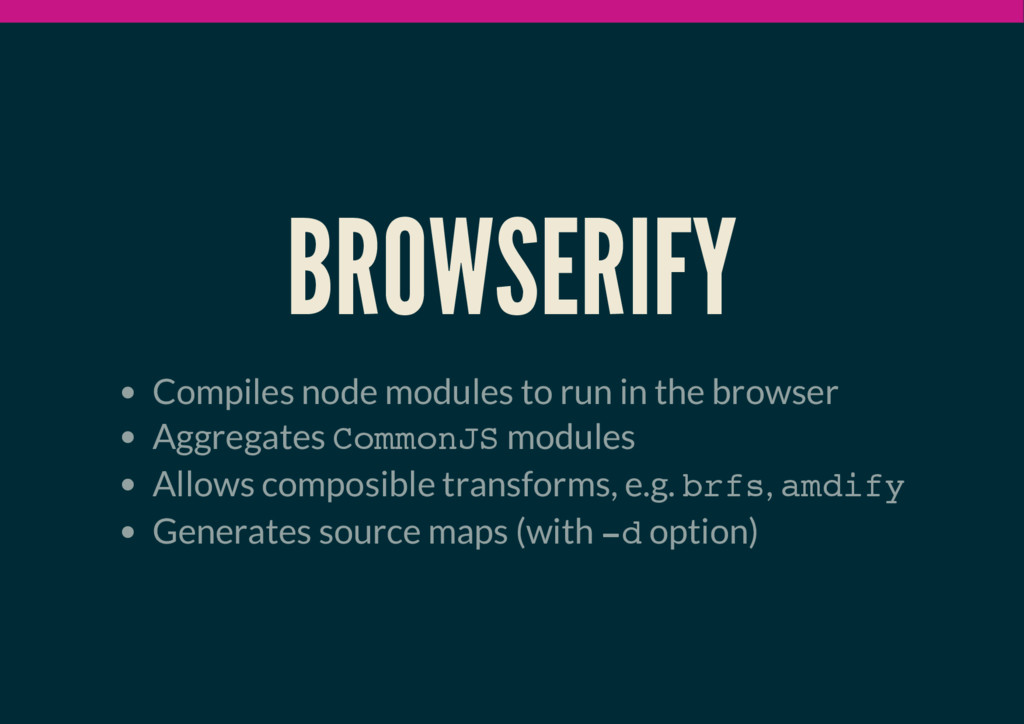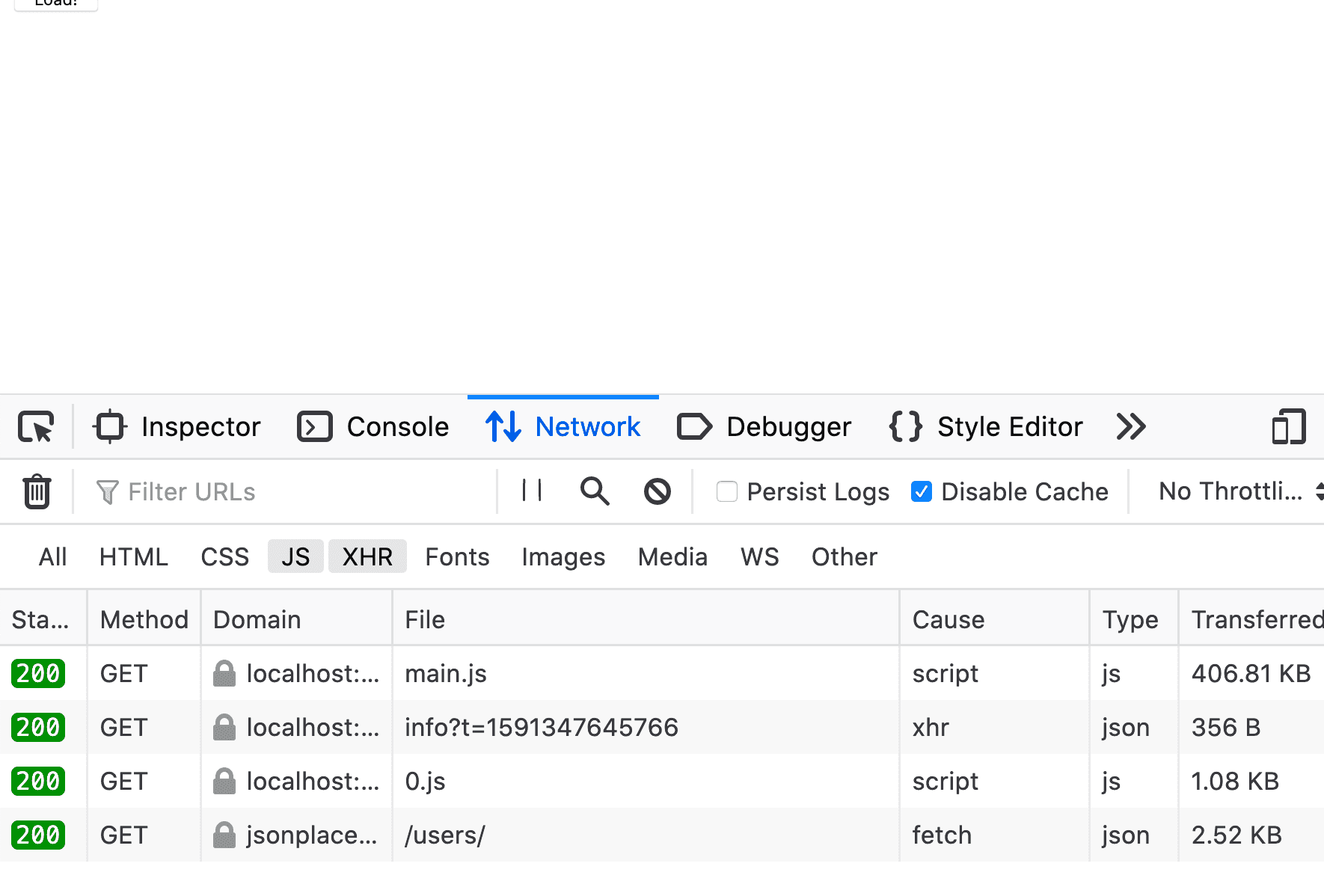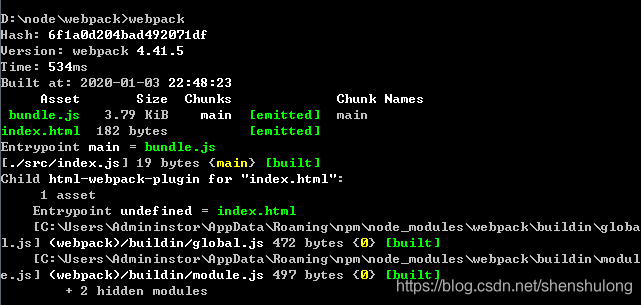
- #How to run webpack from node modules how to
- #How to run webpack from node modules install
- #How to run webpack from node modules code
These configurations are responsible to tell webpack-dev-server what host, port number, and what content base to use.ĬontentBase – This property tells Webpack what static file it should serve.
#How to run webpack from node modules how to
How to setup Webpack dev server configurations You don’t need to create any directories, Webpack will do that for us. In the configuration above, I’m telling Webpack to output the bundle file under a the path static/js and name the file bundle.js. Output – Tells Webpack how to output the bundle. The value on this configuration file is pointing to an index.js file that will be under a directory called src. A string in here represents a path to a JavaScript file that will act as an entry point. But in this case I defaulted to development mode.Įntry – Accepts a string or an array of string. Mode – this property accepts 3 values, development, production, and none.Ĭertain modules, and Webpack optimization tools require specific modes.

This step is a required otherwise Webpack will throw an error. Setup Webpack configuration for entry and output Speaking of, the Webpack configurations is nothing but an object that will needs to get export. It will be helpful when we need to define path values on our webpack configuration. This function is responsible to return a valid path. I’m also creating a variable, resolveAppPath, that is assigned to a function. I’m utilizing the filesystem ( fs) module to fetch me an absolute path of the current working directory of the project. And the module path, and fs are native Node.js modules. That’s because Webpack utilizes Node.js to run.
#How to run webpack from node modules code
On the first couple lines of code you’ll notice that I’m importing modules that were not defined in the package.json file. Gets absolute path of file within app directoryĬonst resolveAppPath = relativePath => path.resolve(appDirectory, relativePath) Ĭonst host = || 'localhost'

In the root of the project I will create a file named .įirst I’m going to add some helpful variables and functions.Ĭonst HtmlWebpackPlugin = require('html-webpack-plugin') Ĭonst appDirectory = fs.realpathSync(process.cwd()) The next step is to work on the webpack config file.
#How to run webpack from node modules install
Go ahead and run npm install to install these dependencies. Npm start will run the command client webpack-dev-server and tell it to look for the Webpack config. When you’re going to run npm start on your terminal. The next important part of this code is the script that was added. webpack-dev-server – Will enable use to create a localhost dev environment.


Webpack dev server should ONLY be used for development. Webpack dev server is also a separate package that needs to get install via NPM. The Node.js server listens to when files were changed, and triggers events to react accordingly. It uses a library called SockJS to emulate a web socket. Under the hood, Webpack dev server is a mini Node.js Express server. That way it’s easy, and fast to develop your React application. The next step is to create a development environment with Webpack, and add hot reloading. So you wrote your entry and output point on your Webpack config file.


 0 kommentar(er)
0 kommentar(er)
